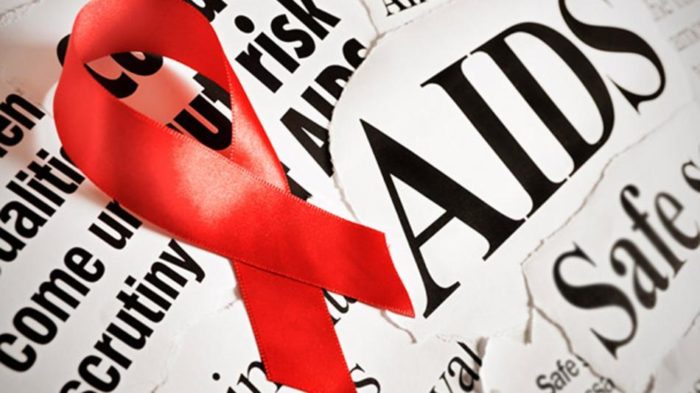18% of HIV infections due to unsafe blood transfusion

Mrs Temie Giwa-Tubosun, a former Fellow of the World Health Organisation (WHO), says 18 per cent of HIV infections in Nigeria resulted from unsafe blood transfusion.
Giwa-Tubosun said at an exhibition of “Innovations on Health Care” on Thursday in Lagos that research showed that HIV infection through poor blood management was that much.
She said that effective application of technology would eradicate or reduce to the barest minimum problems relating to poor blood management.
Giwa-Tubosun, Chief Executive Officer of LifeBank, a healthcare technology and logistics company, said that new products such as SmartBag would go a long way to address poor blood management.
She described SmartBag as a block chain- powered product that helps patients and health providers to discover the safety records of blood and blood products.
“Information about the processes involved in the blood supply is recorded on a block chain, while its integrity is preserved.
“This helps to save lives in hospitals,” she said.
According to her, LifeBank uses big data, smart logistics and a combination of low and high technology to discover and deliver essential medical products.
“To reduce the rate of the scourge of HIV and other blood-related diseases, the company is building technology tools using block chains and other innovations.
“These technology tools will assist in deepening the understanding of inventory in the market and also allow for the future needs of the products,’’ she said.
The chief executive said that LifeBank was also working on ways to ensure adequate safe blood supply in the country.
“Other innovations on display are LifeBank’s LabX and LifeBank Donor App.
“The LabX is an essential medical product discovery platform installed on a tablet and placed in hospitals.
“This innovation allows hospitals to discover and order blood and other essential medical products with the touch of a few buttons, and provides insight about hospitals essential medical product use as well as predict its future needs.’’







